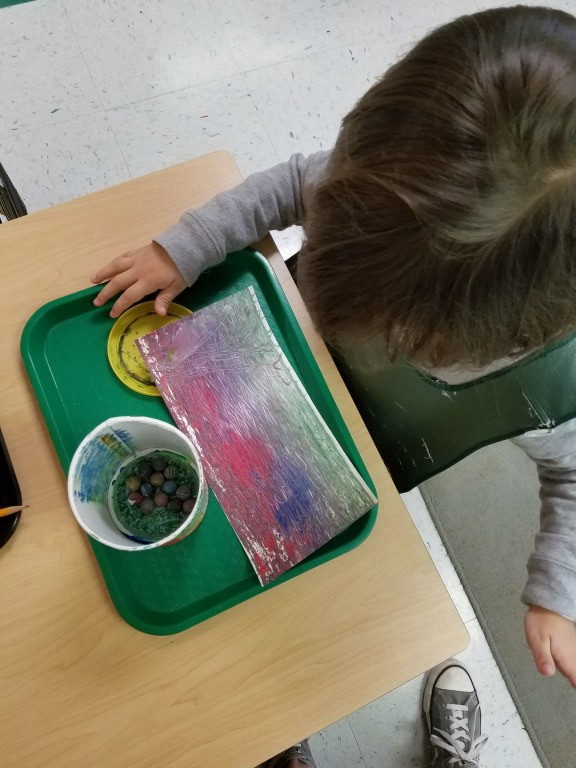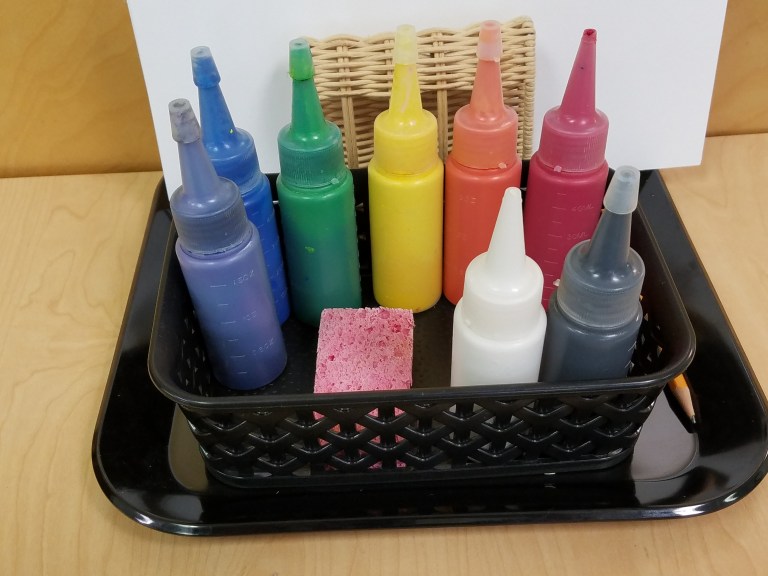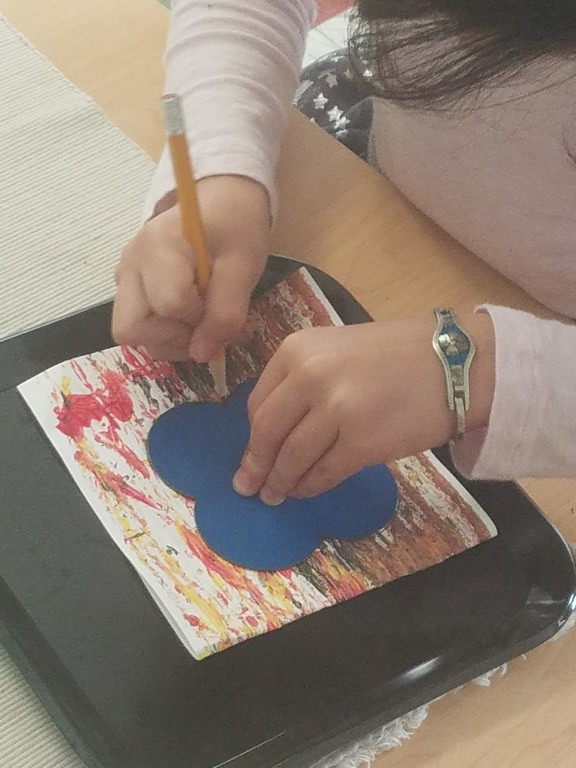When learning about Montessori, one of the first and most important concepts that we come across is the idea of self- or child-directed learning/work. For many of us who grew up in a traditional classroom, this concept can be difficult to grasp. “But if my child decides what they want to work on all the time, how will they learn new things or develop the skills that might not come easily to them?” is a question that many parents considering Montessori grapple with.
The American Montessori Society explains that “Montessori education supports children in choosing meaningful and challenging work of their own interest, leading to engagement, intrinsic motivation, sustained attention, and the development of responsibility to oneself and others. This child-directed work is supported by the design and flow of the Montessori classroom, which is created to arouse each child’s curiosity and to provide the opportunity to work in calm, uncluttered spaces either individually or as part of a group; the availability and presentation of enticing, self-correcting materials in specified curricular areas; teachers who serve as guides and mentors rather than dispensers of knowledge; and uninterrupted work periods…”
Children are naturally curious and open to learning new information, skills, and concepts. Montessori education works with a child’s natural impulses and planes of development to encourage their intrinsic love of learning. The roads children take on their journey to learn can surprise and amaze us.
In Primary 1, students in Ms. Kristin’s class brought this concept to life: Students began with a common Montessori-style project, mixing multiple colors of paint to explore color theory, texture, and movement.



The children began with three colors of tempura paint and placed a small amount of each color inside a cylinder containing paper and marbles. The children rolled the container back and forth to achieve texture and mixing of paint, creating papers with beautiful blended colors and styles.
 After the paint dried some of the older children traced metal insets into their painting, cut two insets out from their painting, and pin-punched around the edges.
After the paint dried some of the older children traced metal insets into their painting, cut two insets out from their painting, and pin-punched around the edges.
The students then did a blanket stitch in the pin-pricked holes, stuffed their shape with newspaper shreds to create a sachet!

